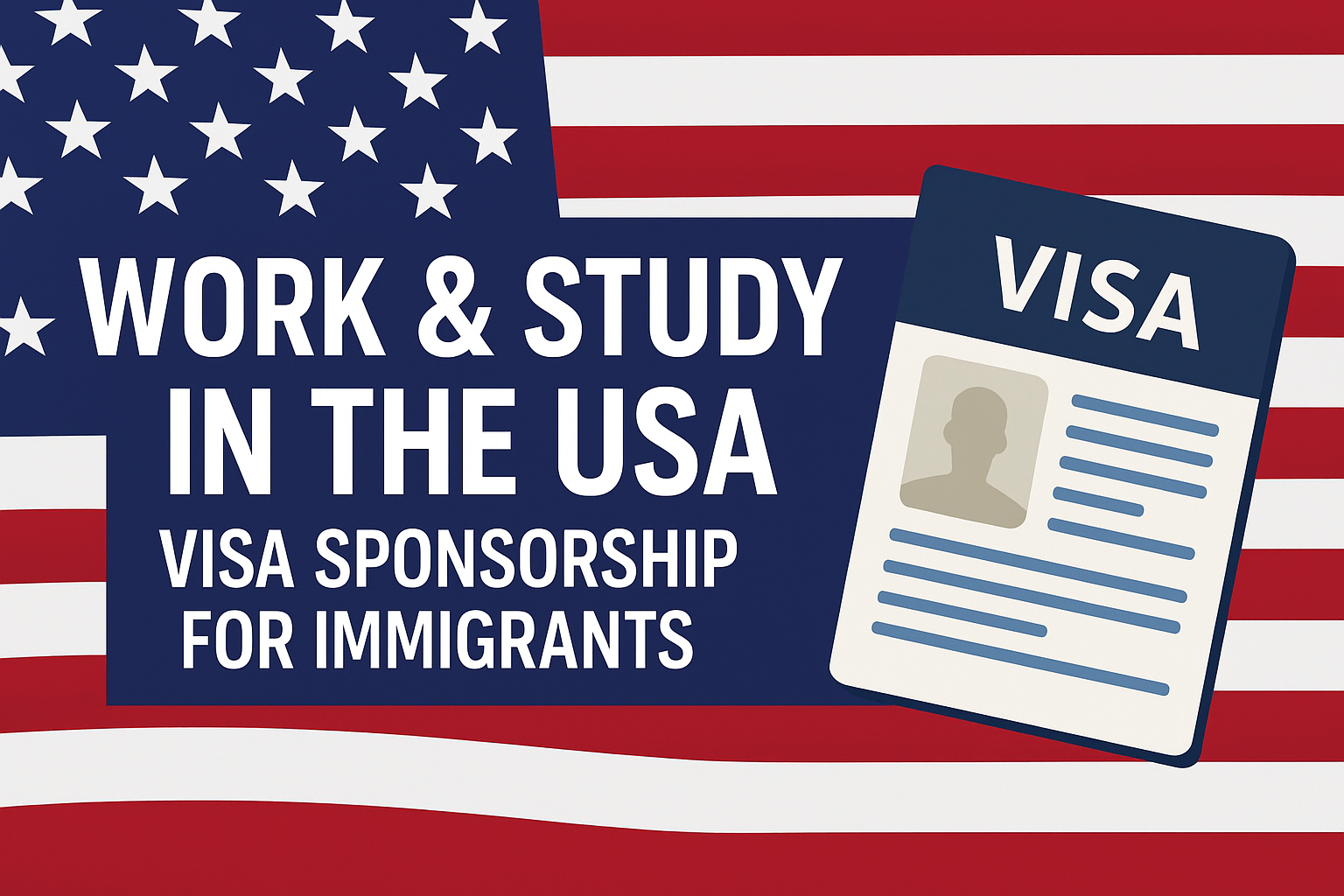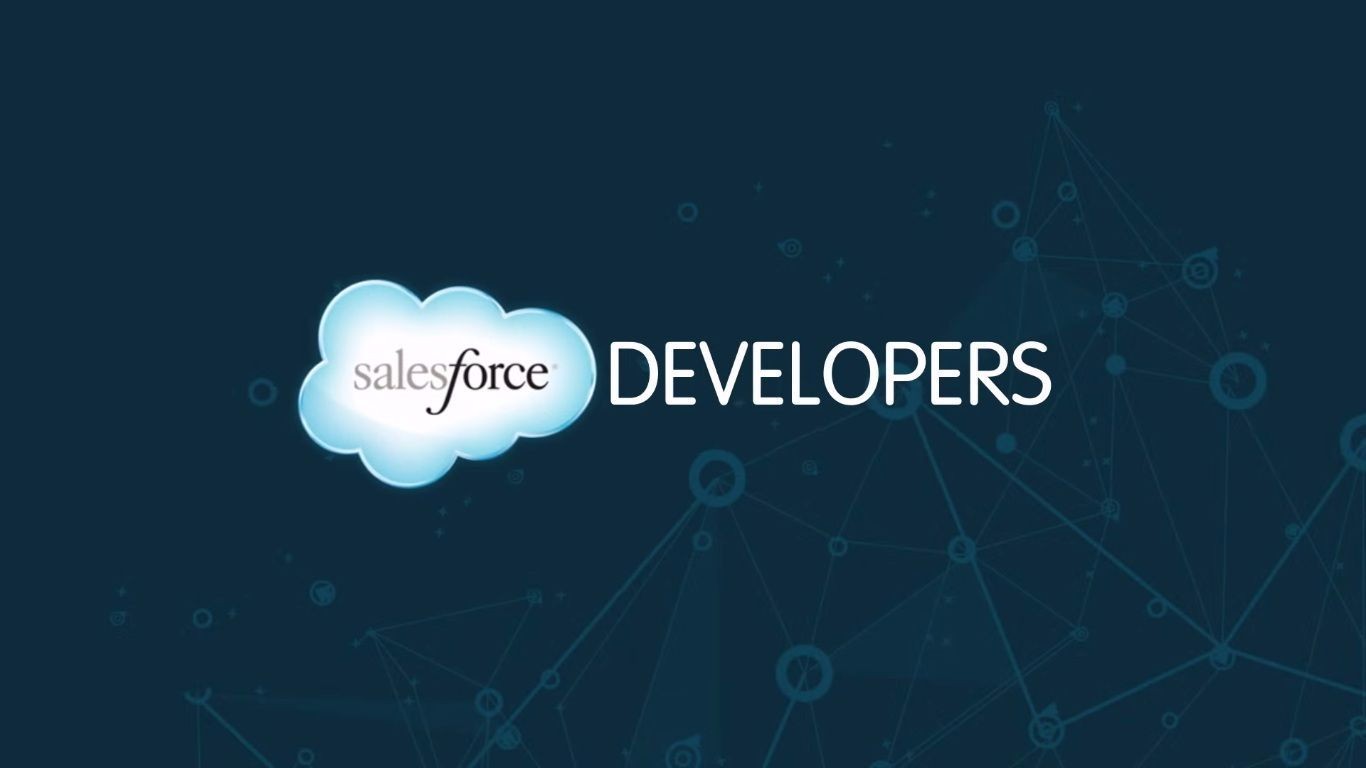Are you an international student or skilled professional aspiring to study and work in the United States? The U.S. offers various visa sponsorship opportunities that allow immigrants to pursue education and employment simultaneously.
This comprehensive guide will walk you through the available programs, eligibility criteria, and application processes to help you embark on your American journey.
Understanding Visa Sponsorship in the U.S.
Visa sponsorship involves a U.S. employer, educational institution, or organization supporting a foreign national’s visa application. This sponsorship is crucial for obtaining legal authorization to study, work, or reside in the United States.
Study Opportunities with Visa Sponsorship
F-1 Student Visa
The F-1 visa is designed for full-time students enrolled in accredited U.S. institutions. While on an F-1 visa, students can:
- On-Campus Employment: Work up to 20 hours per week during academic sessions and full-time during breaks.
- Curricular Practical Training (CPT): Engage in internships or practical training integral to their curriculum.
- Optional Practical Training (OPT): Gain up to 12 months of work experience in their field of study post-graduation. STEM graduates may be eligible for a 24-month extension.
For more details, visit the USCIS Students and Employment page.
J-1 Exchange Visitor Visa
The J-1 visa caters to individuals participating in exchange programs, including students, interns, and trainees. The Summer Work Travel Program under the J-1 visa allows students to:
- Work and travel in the U.S. during their summer vacation.
- Gain exposure to American culture and society.
Eligibility requires enrollment in a post-secondary institution outside the U.S. and proficiency in English.
Learn more at the Exchange Programs website.
Work Opportunities with Visa Sponsorship
H-1B Visa for Specialty Occupations
The H-1B visa allows U.S. employers to hire foreign professionals in specialized fields such as IT, engineering, and healthcare. Key points include:
- Eligibility: Requires a bachelor’s degree or higher in the specific field.
- Duration: Initially granted for three years, extendable up to six years.
- Application: Employers must file a petition on behalf of the candidate.
For comprehensive information, refer to the USCIS Working in the United States page.
Employment-Based Immigrant Visas (EB Visas)
These visas are for individuals seeking permanent residency through employment. Categories include:
- EB-2: Professionals with advanced degrees or exceptional abilities.
- EB-3: Skilled workers, professionals, and unskilled workers.
Applicants typically require a job offer and labor certification.
Detailed information is available on the Travel.gov Employment-Based Immigrant Visas page.
Combining Work and Study: Pathways for Immigrants
Many immigrants pursue education and employment concurrently in the U.S. Strategies include:
- Starting with an F-1 Visa: Engage in OPT or CPT during or after studies.
- Transitioning to H-1B: Secure employment in a specialized field and have the employer sponsor an H-1B visa.
- Applying for EB Visas: For long-term residency and employment opportunities.
It’s essential to maintain legal status and adhere to visa regulations throughout this process.
Resources for Finding Visa-Sponsored Opportunities
- USponsorme: A job board featuring U.S. job opportunities for foreigners seeking visa sponsorship.
- Visa Sponsor Jobs: A platform listing verified visa-sponsored jobs across various industries.
Conclusion
The United States offers a myriad of opportunities for immigrants to study and work through various visa sponsorship programs. By understanding the available visas, eligibility criteria, and application processes, you can strategically plan your journey toward achieving your educational and professional goals in the U.S.
Note: Always consult official U.S. government resources or immigration attorneys for the most current and personalized advice regarding visa applications and regulations.








